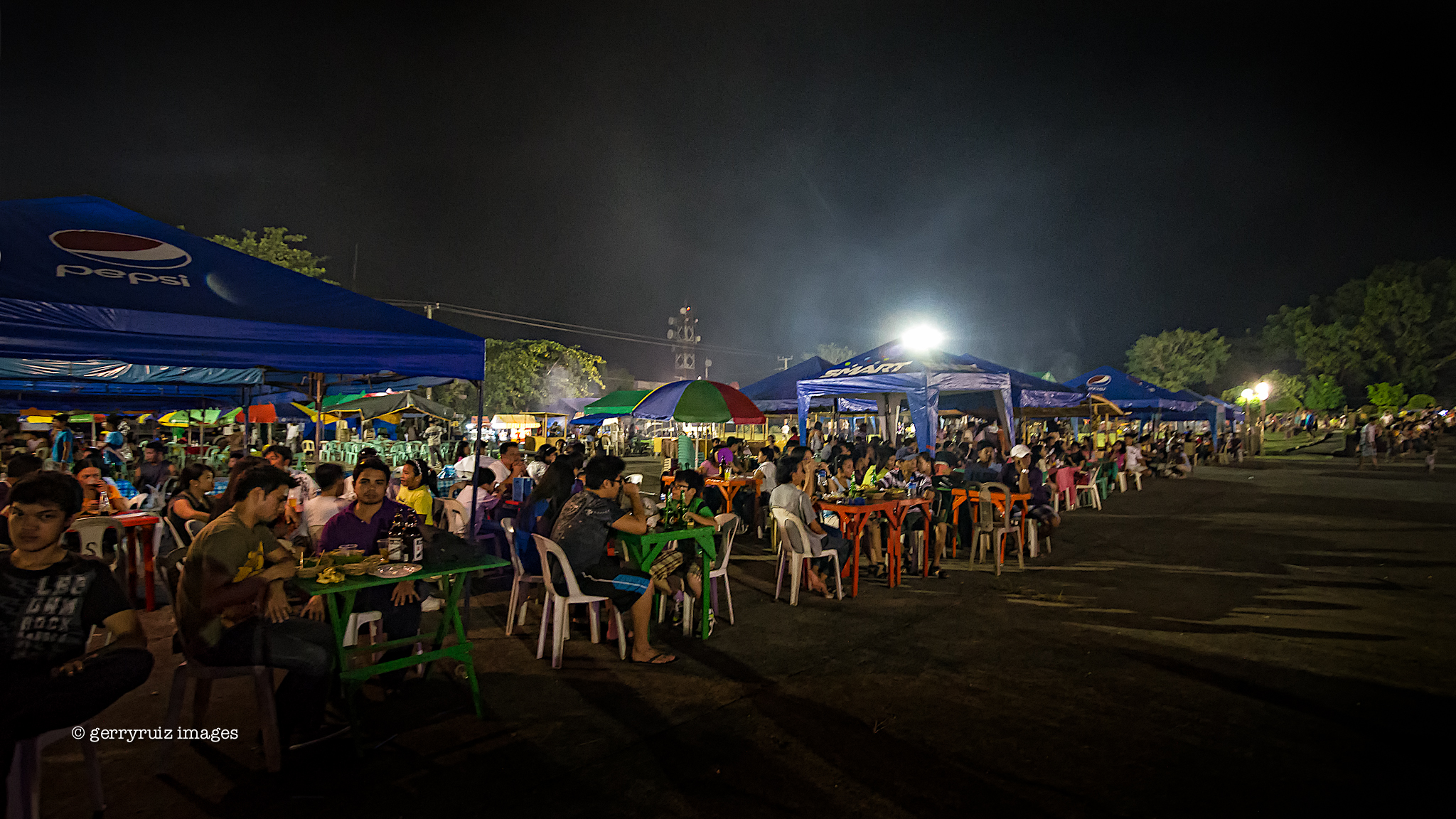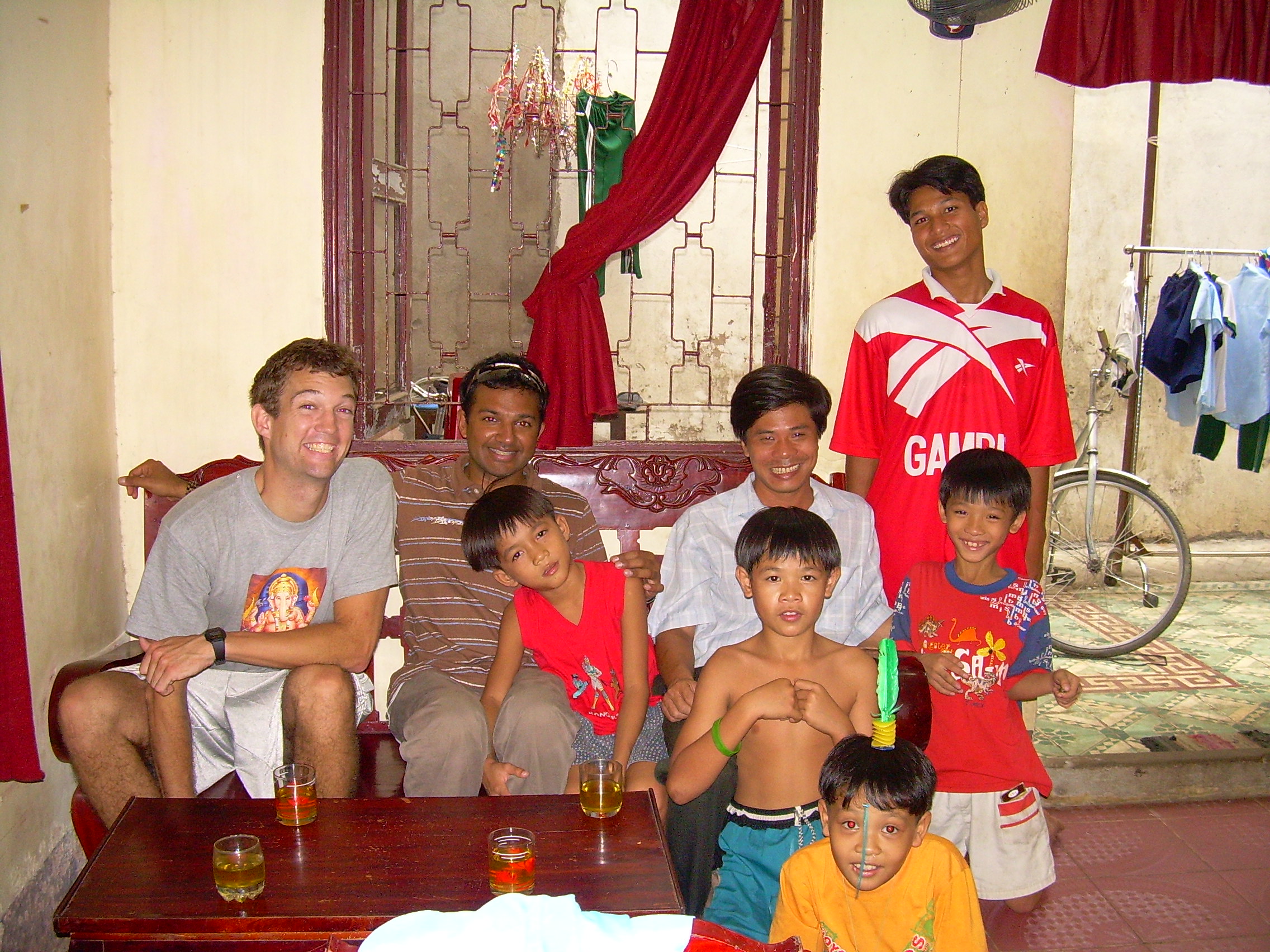Tacloban City, our volunteer location in the Philippines, just got traffic lights last week:
Traffic lights give Tacloban folk city feeling
By Joey A. Gabieta
Visayas Bureau
08/05/2008
TACLOBAN CITY For a few seconds, pedestrians stood still and motorists stopped along the intersection of Justice Romualdez and M.H. del Pilar streets of this city on Friday morning, waiting for the signal for them to cross or drive off to the next street.
The Friday morning scene that took place at one of the busiest intersections in this city of more than 200,000 people was something new because for the first time, traffic flow was supervised through the traffic lights system, making Tacloban the first city in Eastern Visayas to have such a facility.
Now, I feel like I am living in a city, said 22-year-old Joan Arceo, who could not hide her amusement and pride at crossing the street as the red light flashed and vehicles stopped, allowing her and the rest of the pedestrians to cross the street.
But the first day of operation of the traffic lights system in the city confused a lot of motorists and pedestrians, said Supt. Romulo Cleve Taboso, city police chief.
There was really confusion, he said laughing, adding it was understandable since it was the first traffic light system for the city.
Some pedestrians would take a bemused look at the traffic light and would cross the road anyway regardless of whatever light was flashing, if there was no vehicle coming from the other corner. It was also the same with drivers who would momentarily stop but would drive on even if the red light were still flashing.
Some habits are simply hard to correct, the police chief said.
But Taboso said he expected that in the succeeding days, confusion such as when to stop or cross would no longer be as evident as last Friday.
The traffic lights system in the city became operational 9 a.m. on that day.
City general services officer Rudolph Mate said the installation of the traffic lights would eventually improve discipline among motorists and pedestrians.
Aside from the Justice Romualdez-M. H. del Pilar intersection, traffic lights could also be seen along the intersections of Justice Romualdez-Salazar streets; Real-Veteranos Streets; and Real-Independencia streets.
The city traffic management said these were the busiest areas in the city, where traffic clogged the roads every day.
Heavy traffic is noted on these areas from 7 a.m. to 7 p.m., Taboso said.
Some of the city 73 traffic enforcers assigned in the intersections with traffic lights will assist pedestrians and motorists and ensure their compliance with traffic rules.
The project to put up the traffic lights system in the city was initiated in 2003 during the administration of former Mayor Alfredo Bejo Romualdez. The city government’s contract with the Manila-based Rocha Construction was signed when then Vice Mayor Edwin Chua took over as acting mayor after Romualdez went on leave to undergo and recuperate from a heart bypass operation.
The project, which cost P22 million, was however, stalled when Romualdez and state auditors found that it was overpriced.
Romualdez revoked the contract when he reassumed his post after six months of absence.
When Romualdez’ son, Alfred, became the mayor in 2007, the latter revived the project after the city government and the contractor entered into a court-approved compromise agreement in October last year.
The contractor resumed its work last February with the cost of the project now placed at only P12.8 million.








